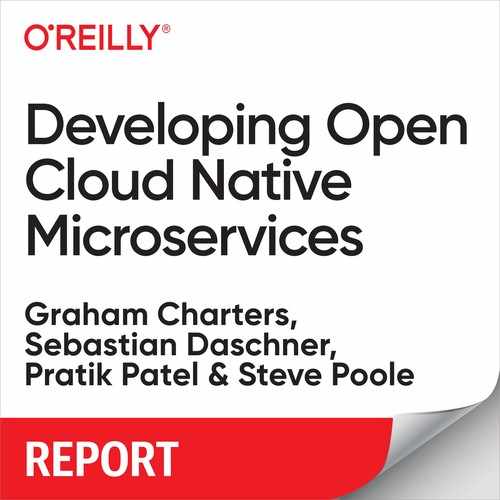Book Description
What are the challenges to creating, running, and supporting cloud native microservices? In this report, developer advocates from IBM explain what you need to know when building new cloud-based applications. Software developers will learn how to work with Java and several modern techniques to develop, deploy, and secure microservices in a cloud native environment.
You’ll examine the key principles for microservices—such as data consistency and continuous delivery—that not only are important for a cloud application but also support the operational and deployment needs of today’s applications in general. Learn exactly what cloud native means and why open source, open communities, and open standards are critical to the future of these highly available applications.
- Understand why open source technologies are ideal for cloud development
- Work with the author’s example coffee-shop application
- Learn the Java runtimes and frameworks that offer the best foundation for cloud native applications
- Start by implementing service components that have a direct relation to your business use case
- Secure REST services, handle service faults, and communicate what your services do
- Consider the observability of your cloud-native application before writing its functionality
